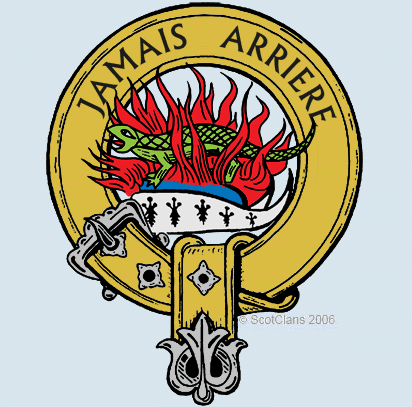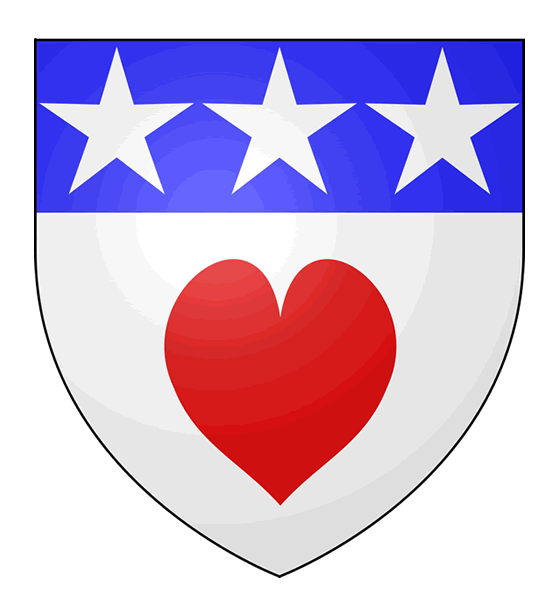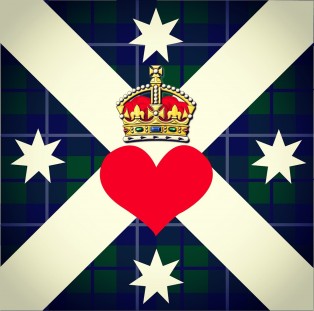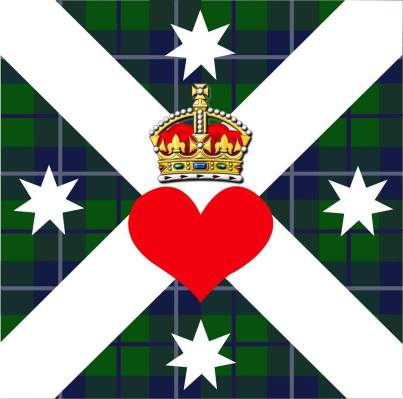Hello readers, welcome to our first article for 2018. We do hope your Hogmanay celebrations didn’t leave you feeling too under the weather and that the year ahead is filled with love and laughter.
Today I’m going to write about ‘Heraldry’. In a broad term, heraldry encompasses the design, display, and study of armorial bearings, as well as related disciplines, such as vexillology – the study of flags, together with the study of ceremony, rank, and pedigree.
So what makes heraldry so interesting to so many? In my opinion I believe it is because heraldry provides us with a direct, tangible link to our past. Either as a collective or individually, but particularly as a collective.
I think it’s been conditioned into our DNA to rally under a flag or a banner. We all do it, even when we don’t realise it. The modern day version of ‘rally under the banner boys‘ is flying the flag of your sports team and painting yourself in their colours.
But what has struck me is the sheer amount of rules and regulations governing the use of badges, coats of arms, crests and shields. I suppose this is understandable, these symbols are personal property and heraldic authorities such as the ‘Court of the Lord Lyon’ is an original form of copyright protection when you look at it from a modern day perspective.
All of these items symbolise our heritage; the heart of King Robert the Bruce. The crown for loyalty. Some clans possess some stunning representations on their crests. But a Lizard on a burning hat of fire? What the……
Ok. So let’s start with our Clan crest.

What does this image actually mean?
So what we see here is a belt and buckle surrounding a salamander atop of a ‘cap of maintenance’ and with flames about. Written on the belt is the clan motto ‘Jamais Arriere’; which in Latin translates to ‘Never Behind’.
What’s interesting is that there is no such thing as a collective clan crest, just as there is no such thing as a clan coat of arms. This is a common misunderstanding fuelled by the insatiable demand and supply for Scottish heraldic goods.
What you see here is actually the personal Arms of the chief of the clan which can only be used by the chief but it is permitted for a member of a clan to use as the clan crest.
Clan Badges are seen as a symbol of kinship with a clan or a Scottish family. This came about when chiefs gave their followers a metal plate of their crest to wear as a badge. This badge was fixed to the Clansman’s clothing by a belt and buckle and when not in use the belt and buckle were coiled round the crest badge.
There explains the origins of the belt and buckle to the crest. But what about the salamander and the hat and why are they on fire?
That’s a good question and there is no definitive answer other than pure educated guessing. One thing that should be noted that this crest is believed to come from the ‘Red Douglas‘ branch of the House of Douglas. It may represent the apparent resurrection of the power of the family after the Battle of Arkinholm and the breaking of the Black Douglas branch in 1455.
As for the Salamander, they tend to hide in dead wood, but would come out when the wood was used for a fire. Some people even thought they were born out of the fire.
The ‘cap of maintenance’ it is a ceremonial cap of crimson coloured velvet, lined with ermine (or fur from a weasel), which is worn or carried by certain persons as a sign of nobility or special honour. It is worn with the high part to the fore, the tapering tail behind. It may substitute for the torse (a twisted roll of fabric to indicate some significance) in the heraldic achievement of a person of special honour granted the privilege by the monarch. It thus appears in such cases on top of the helm and below the crest.
As we know, the House of Douglas is populated by nobility, so it’s easy to see the significance of the hat and the explanation of the salamander rising from flames is a clever bit of artistic license to describe the phoenix rising from the ashes.
But our ‘clan crest’ is somewhat a controversial symbol. Not everyone associated with Clan Douglas identify with the Red Douglas and the symbol of the fallen Black Douglas branch is by far more popular.
The crest is only representing one particular family head whose title no longer exists. The image represents the destruction of one branch of Douglas family for the benefit of another. It’s little wonder the current ‘clan crest’ is not very popular throughout the Douglas clan.
But the Arms of the Black Douglas is a different story.
The reason for this is the profound symbol of the heart.

This badge (or shield) started to appear after the death of Sir James Douglas in 1330 when he was carrying the heart of King Robert the Bruce on Crusade to the Holy Land.
This famous episode in our clan history and the man himself ‘the Good Sir James‘ or ‘the Black Douglas’ is forever etched in tales of legend.
Had it not for the Black Douglas branch of the House fallen out of favour of the Scottish monarchy, be defeated in battle against the Scottish crown (by another branch of the House no less) the clan crest could have looked very different today, perhaps even resembling the image above.
The positioning of the three stars or mullets suggests that the bearer is the eldest son of the Head of the House. (Sir James had a plan shield with three stars). William, Lord of Douglas, was the eldest son to the Black Douglas and his seal appears with the heart and three stars.
The symbol of the heart grew as more and more Douglas families, and even locations associated with the Douglas name adopted their Arms to shields representing the heart and in some cases the crown – presumably to display loyalty to the monarch.
Later, the ‘heart and crown’ appeared in other significant symbols such as the Celtic Claddagh and the Luckenbooth. One must wonder where the creators of these items drew their inspiration? The symbol of the heart and crown continues to grow in popularity in our culture.
So much so that the only two Clan Douglas Societies bare the heart and crown.
The Clan Douglas Society of North America and the Clan Douglas Society of Australia.


I’m not suggesting that we should do away with the current clan crest. After-all clan crests do not exist in any event. But rather perhaps we should rethink on how our clan should be represented.
Obviously I stand for the Black Douglas cause. The Black Douglas is by far the most famous branch of the House, their origins can be traced to ‘Douglasdale’ the very location of the ‘Douglas’ name and their symbol has far more meaning than a symbol that represents the destruction of a family branch during a brutal civil war.
But, word of the wise. If you’re going to create your own crest, or Coat of Arms or anything of that nature. There are rules in place and you must check first before production.
If you’re looking for more information about heraldry. Your first place to visit should be the Australian heraldry society.

Most of the main branches of the House of Douglas today are illegitimate splits from the Black Douglas line and use the “Heart of Bruce” motif in the COA. The Morton branch does not have a heart added unless a particular COA added it through marriage to another Douglas family. The Drumlanrig/Queensberry branch and the Angus/Hamilton branch have included, for the most part, a crown above the heart. Also, the last recognized Chief of Douglas, the Duke of Douglas, used the ‘crowned heart of Bruce’ motif in his COA. The Crowned Heart is arguably the most recognizable and inclusive symbol for the House of Douglas and more acceptable by all branches than the enflamed salamander which represents only the Angus branch.
LikeLike